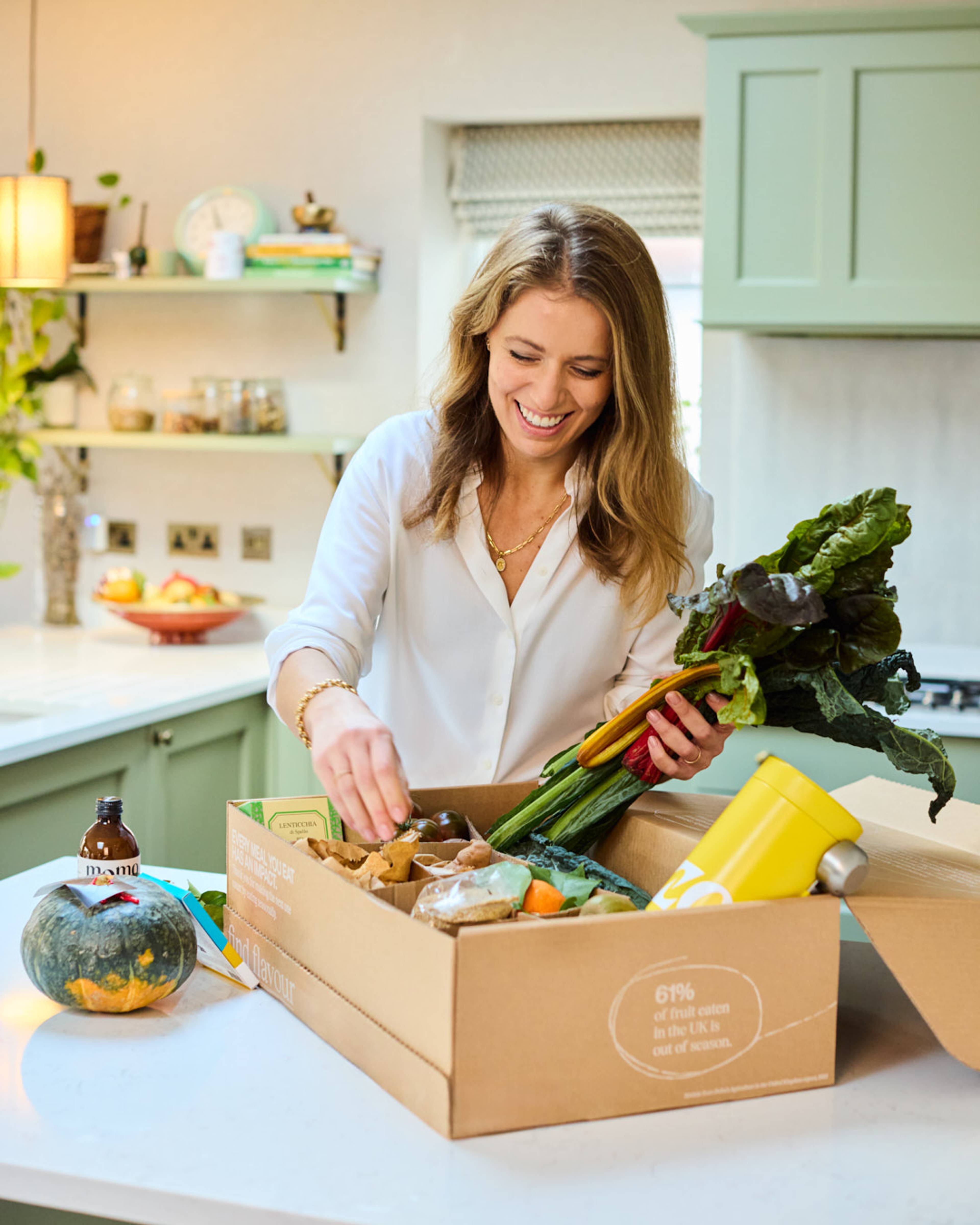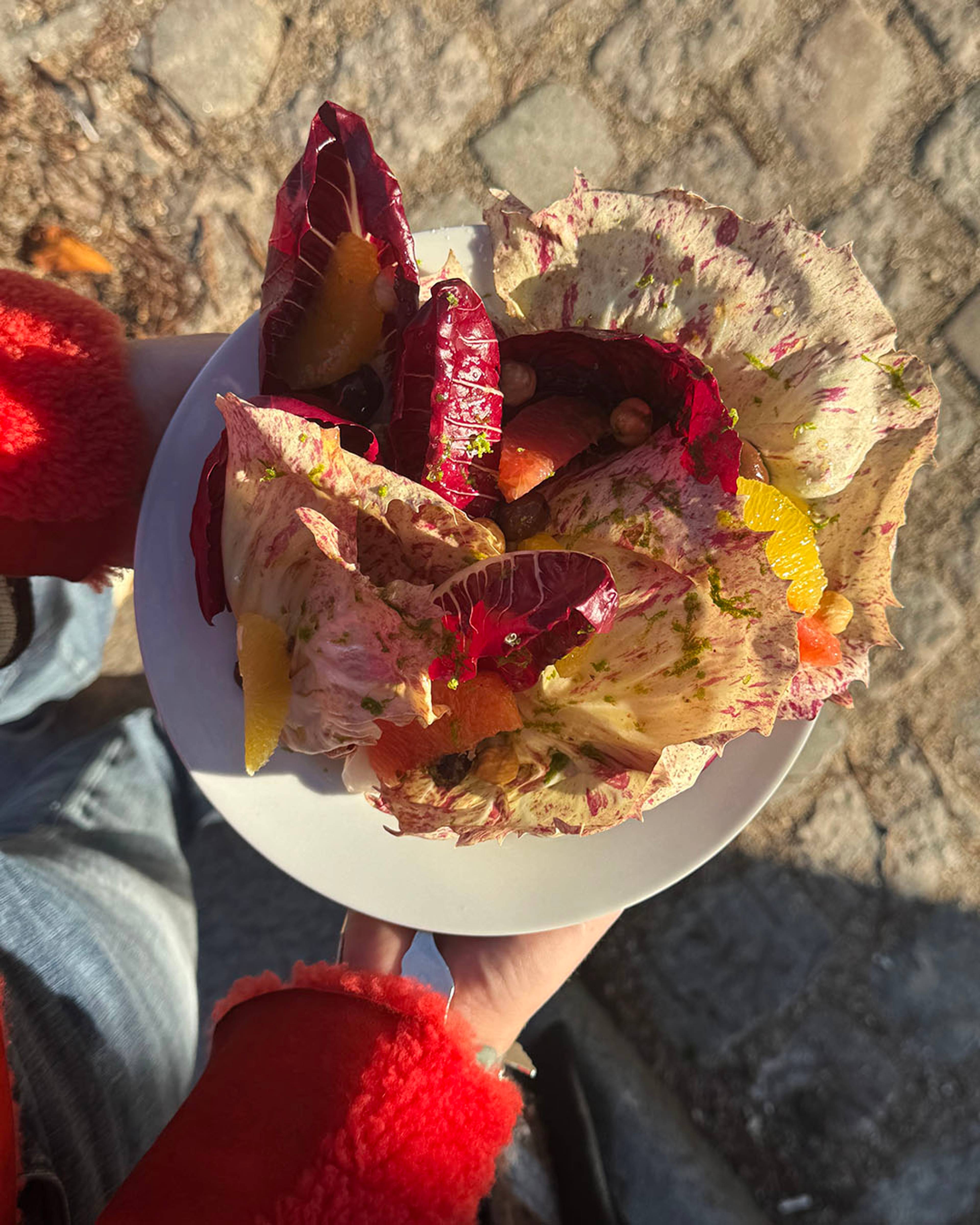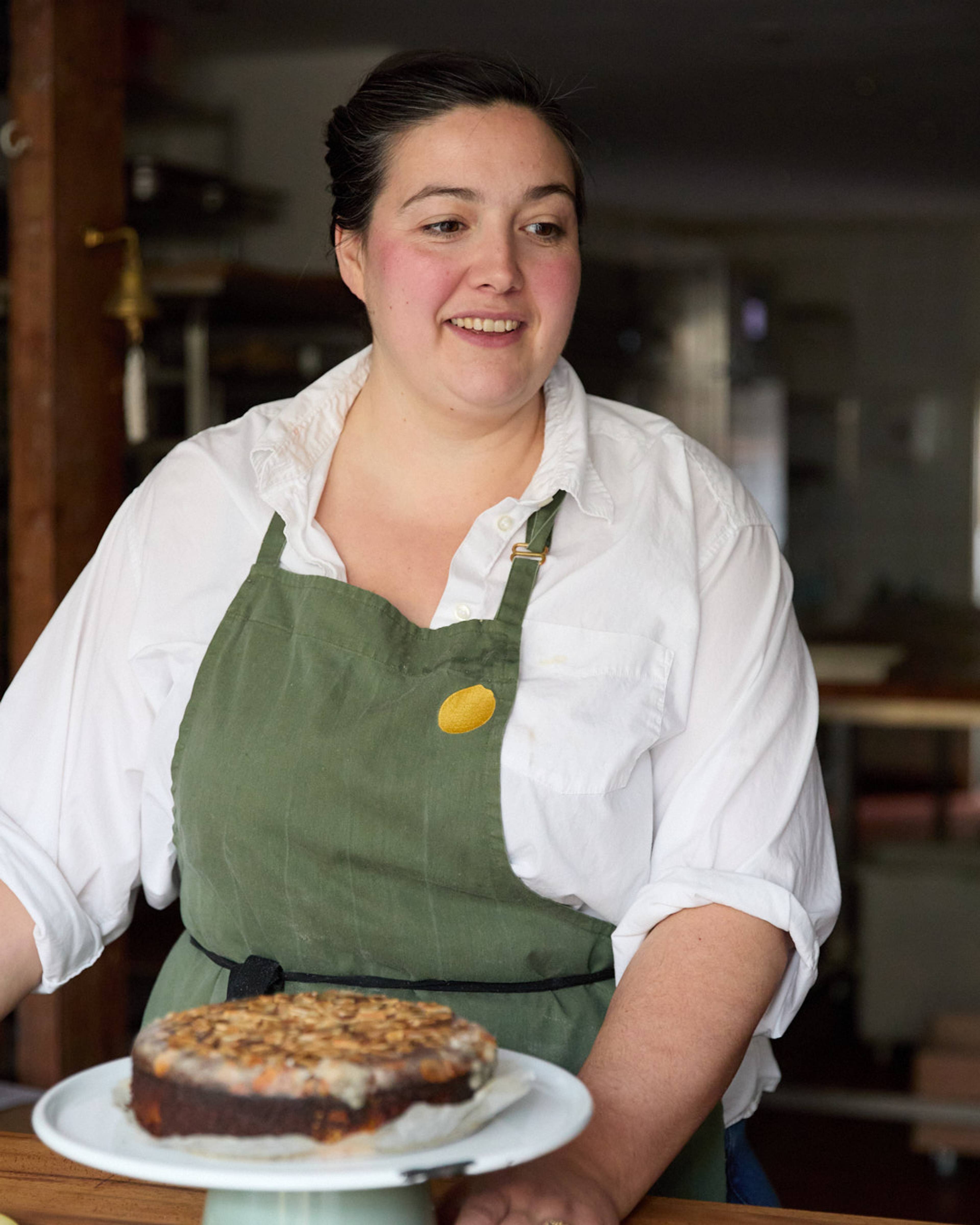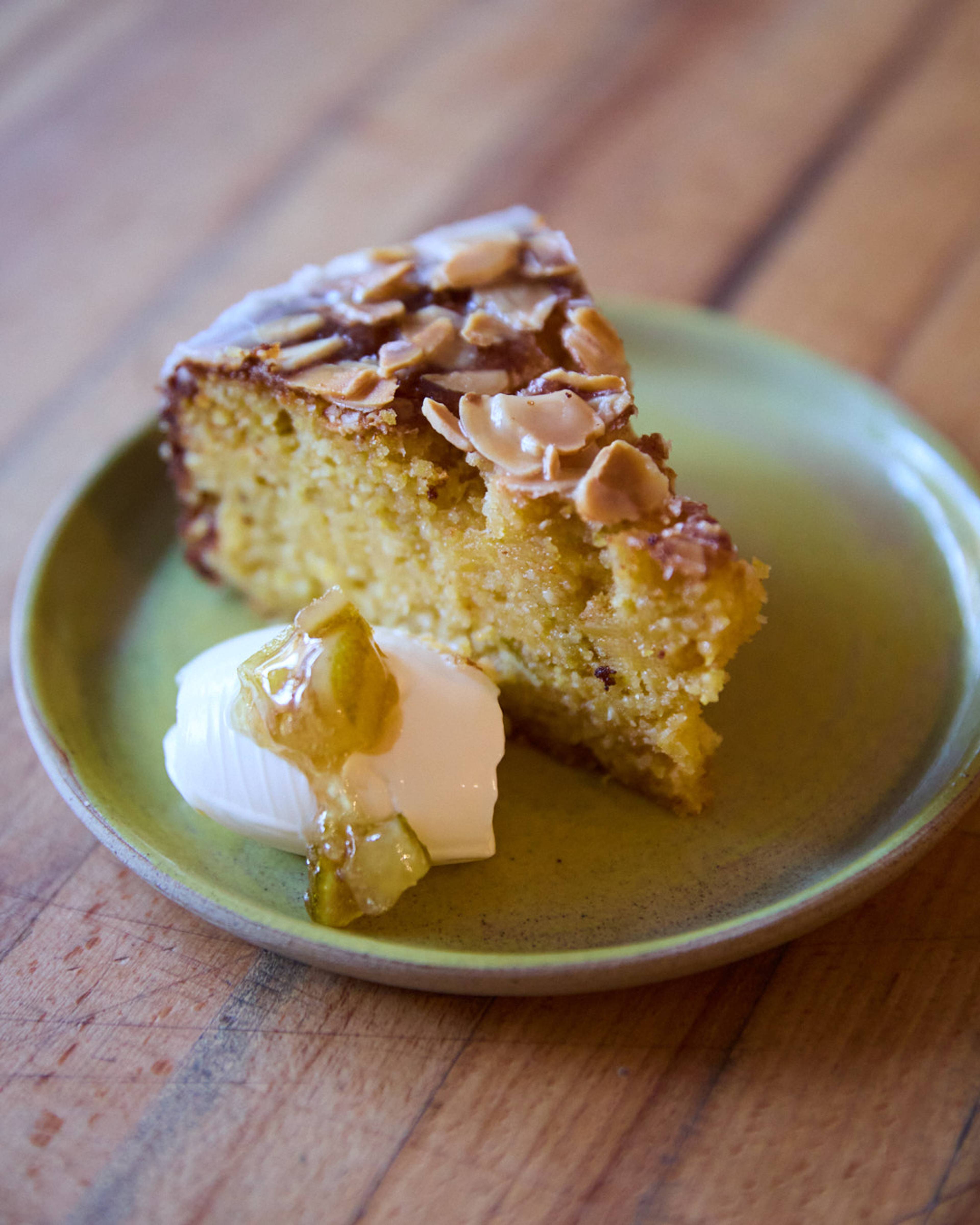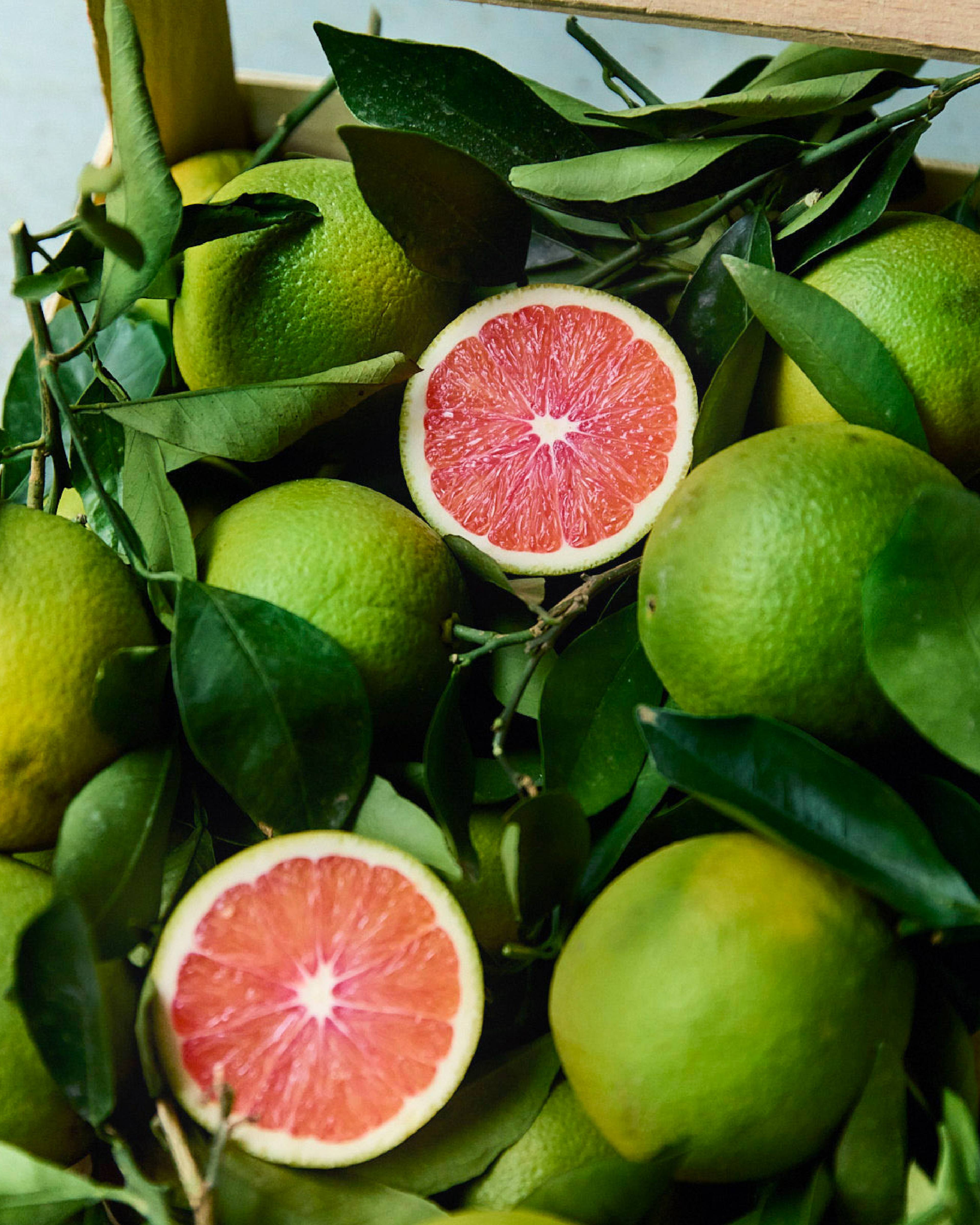WHY GROW HEIRLOOMS?
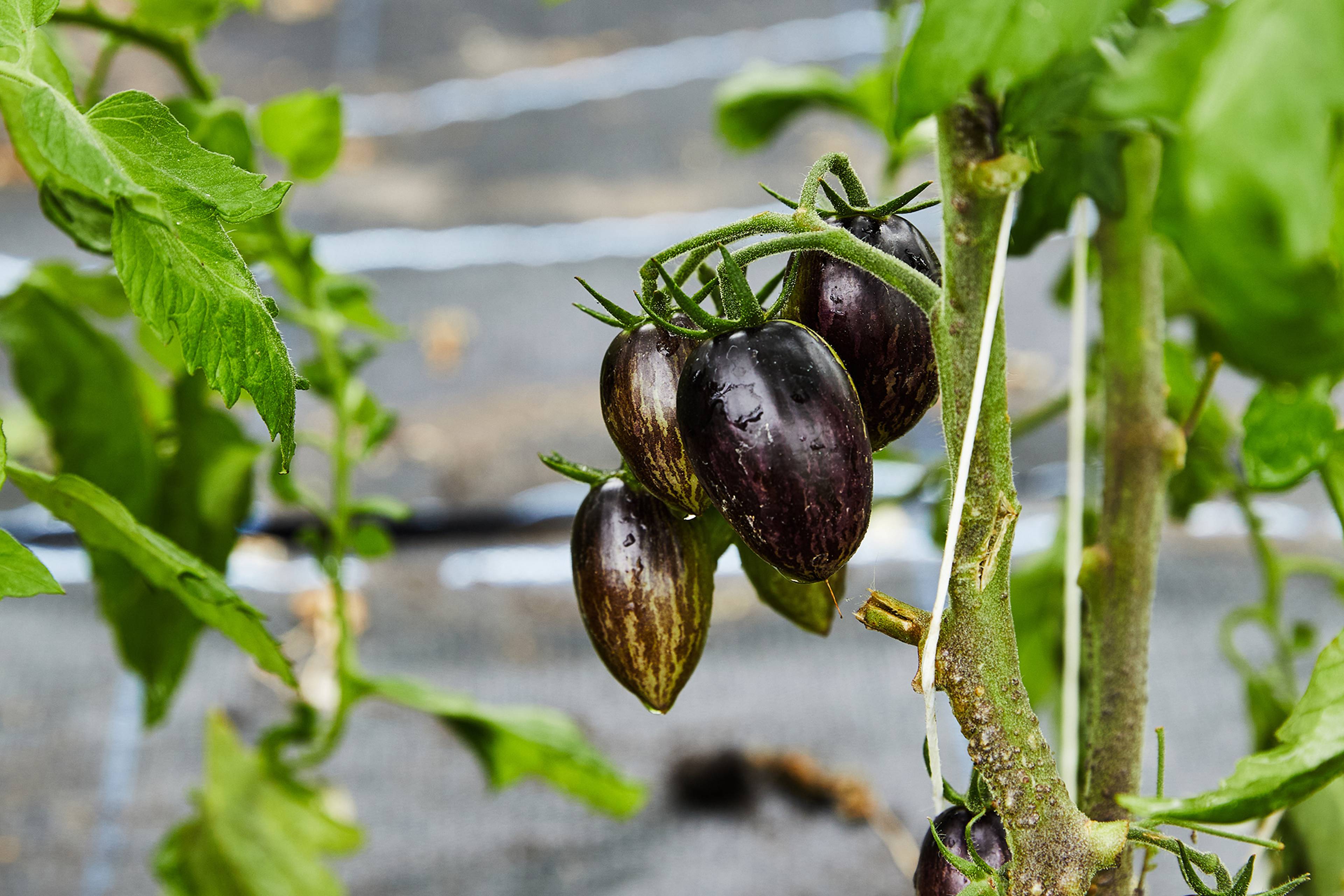
In 2022, recognising a need for locally grown tomatoes driven by flavour, we began working with seed savers and seed breeders to put heirloom seeds into the hands of skilled growers. But it’s not just about flavour. Heirloom seeds are a vital part of food sovereignty, resilience and community. So what is an heirloom variety and why should we eat them?
WHAT IS AN HEIRLOOM VARIETY?
In the UK, ‘heritage’ is used as a more colloquial term for what is globally known as ‘heirloom’. An heirloom variety is a plant variety that has a history of being passed down within a family or community. Some people argue for a prescribed number of years that a seed must have been saved — 50 years is often cited as sufficient — while others look simply to some verifiable history of preserving and passing on the seed. One thing that is universally accepted is that heirloom varieties must be open-pollinated (although not all open-pollinated varieties are heirlooms).
WHAT DOES OPEN-POLLINATED MEAN?
Open-pollinated seeds are seeds that have been saved from plants that have been fertilised by natural processes like insects, birds, wind, or humans. They are inherently genetically diverse and this variation enables adaptation.
Open-pollinated, true breeding, true to type — all these terms are used to denote the fact that when you plant that seed, it will produce broadly the same fruit from which you took the seed. Open-pollinated varieties are resilient and genetically diverse and they stand in contrast to hybrid varieties.
Hybrid seeds are created by crossing two varieties which have been isolated and purposefully bred out for the maximum amount of uniformity for a desired trait. That cross is called an F1 (first filial generation) and the seeds of the resulting fruit not only lack genetic diversity and the ability to adapt overtime but they will not grow true to type when planted. It is common for a seed company to come out with a hybrid variety that stops being viable after just five to 10 years while narrowing the gene pool in the process.

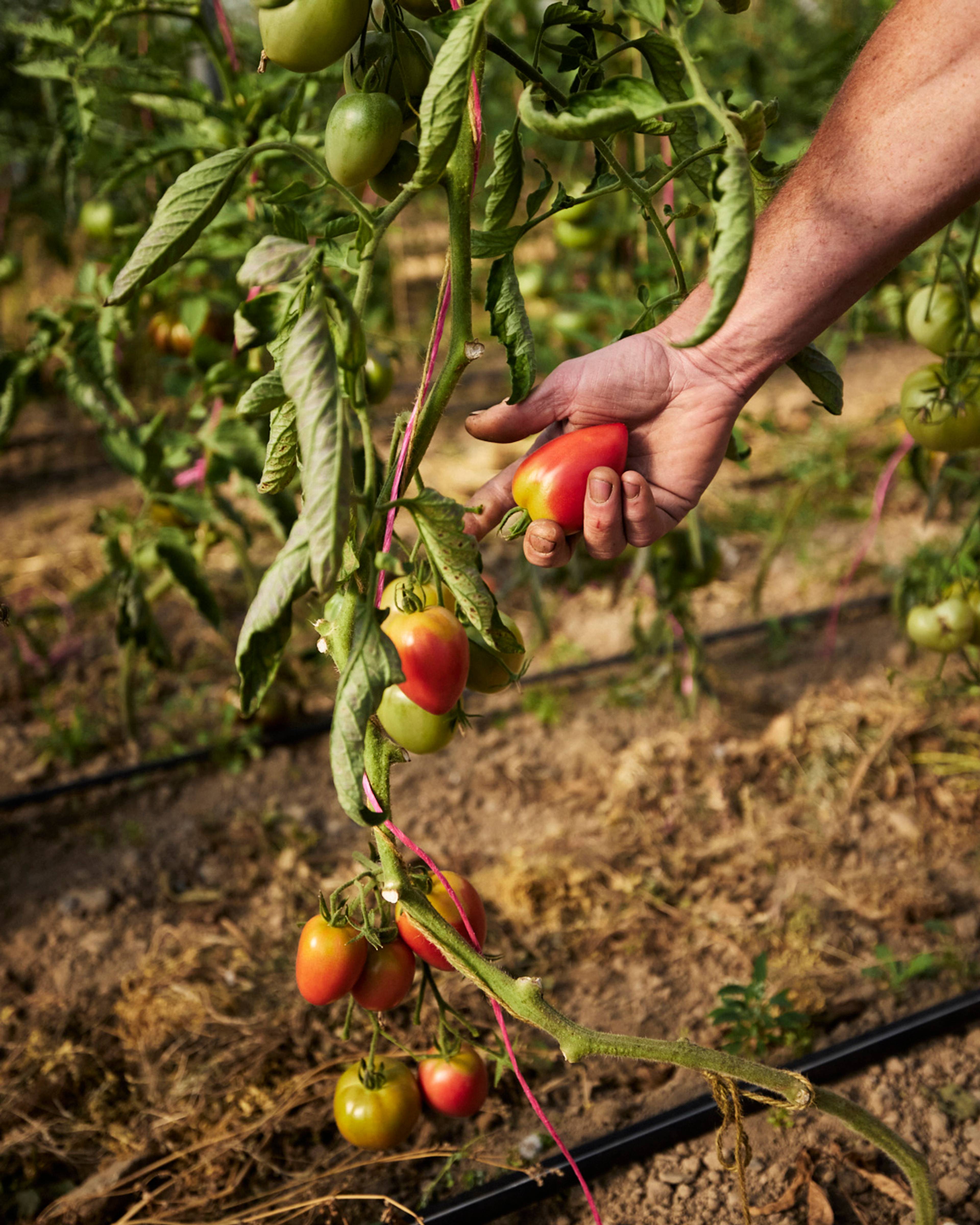
WHY SAVE SEED?
Reducing the genetic diversity of the seed pool makes our food system vulnerable to shocks and disasters: without genetic diversity, one disease or unexpected weather pattern could wipe out a significant amount of food. In a global farming landscape where seed is controlled by a small number of big players, saving your own seeds is an act of resistance and self determination.
There is a growing movement for ‘seed sovereignty’ as people recognise that restoring global seed diversity is crucial for a resilient food system. By saving seed, the farmer can select for the characteristics they value most: whether that’s flavour, vigour, colour, shape or disease resistance. Growing from saved seed also allows plants to become uniquely adapted to their growing regions, which in turn makes them more resilient.
Because every grower is working with different conditions – soil type, climate – their plants will inevitably act differently. The varieties that work best for Duncan, in his sandy loam soil in Lancashire, may not be the ones that thrive in Oli’s sand and clay soils in Cornwall. In spreading out our growing regions, we’re also protecting ourselves against crop failure: one grower may have a poor season, but others may boom and plug any potential gaps.
A NEW BRITISH HEIRLOOM
Not all of our varieties are over 50 years old — though many are — and all are open pollinated with no history of hybridisation. Our use of the word ‘heirloom’ is rooted in the fact that the intention of the trial is to nurture a community of growers who save the seeds and grow from them year after year. In doing so, they are writing the first pages of history for new and diverse heirloom varieties in their regions and nurturing a resilient and flavour driven future for British tomatoes.
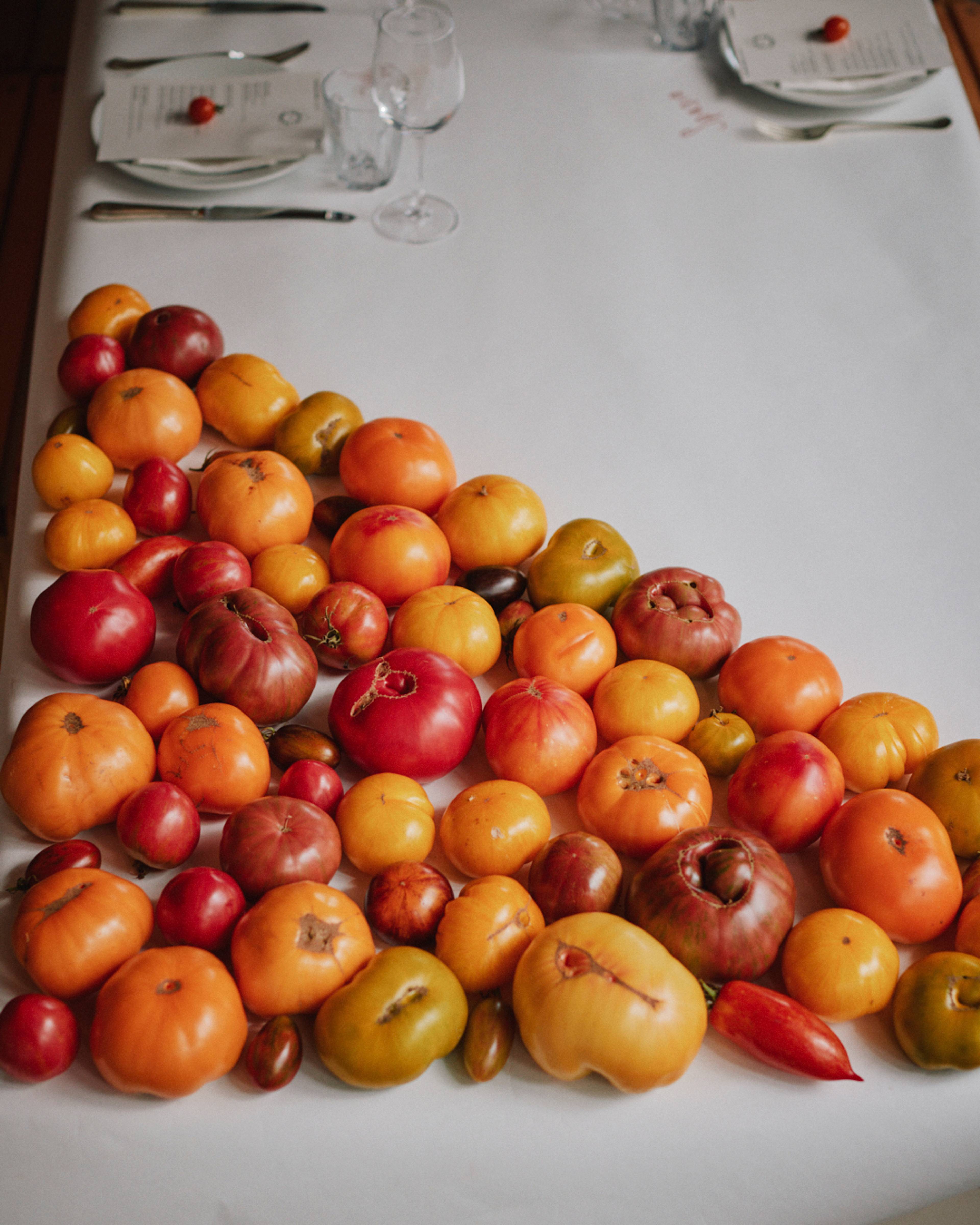
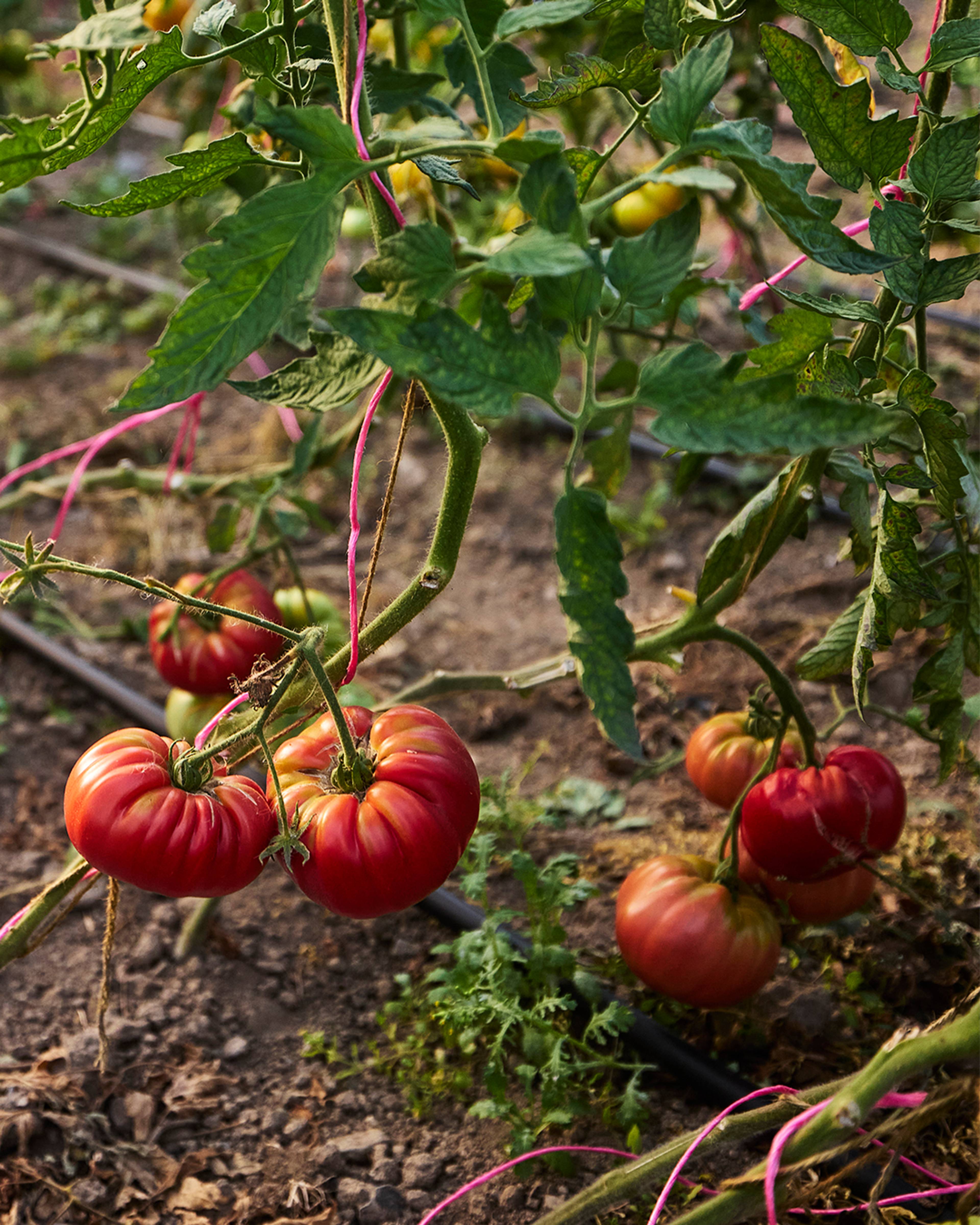
JOURNAL
Voir toutWe exist to fix the food system.
People are more cut off from the origins of their food than ever. This makes flavour, nutrition and farming practices that protect the planet, almost impossible to find.
By working directly with growers, we create a more sustainable way forward for farming. By giving everyone the tools to understand the power of our food choices, we empower everybody to become drivers of change.
Now is the time for action. Join the food system revolution.

Go beyond four seasons
Each fruit and vegetable has its own season, with subtle shifts which happen every day. Follow their microseasons to unlock flavour at every stage.
WHAT’S IN SEASON?

Know where your food comes from
We know the name of the people behind everything we source. Recognise their growing artistry to find out exactly where your food comes from (and why that matters).
MEET THE GROWERS

Make your diet diverse
Our growers work with varieties chosen for quality and nutrition, not yield. By selecting their crops you keep heritage seeds in play, add to ecosystem biodiversity and preserve unique flavours.
PEAK SEASON BOX
United Kingdom
© 2026 Natoora Ltd.
